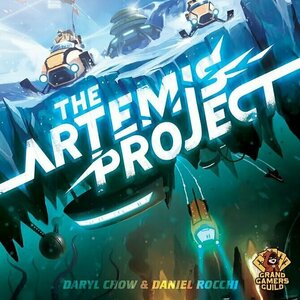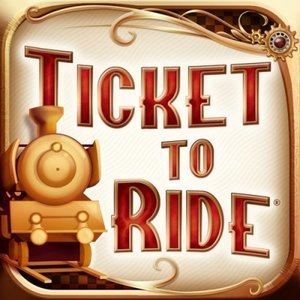
Jigsaw Puzzles World
Games
App
Jigsaw Puzzles is one of the most popular games in the world. The secret is its attentiveness...

Magic Eraser - Remove Photo Background & Create Transparent PNG
Business and Utilities
App
It has never been easier to create transparent background images! Featuring automated background...

Document Manager ( Download, View, Share Files and Attachments )
Business and Productivity
App
**SPECIAL REDUCED PRICE FOR TODAY $1.99** Document Manager is all-in-one document management...

The Artemis Project
Tabletop Game
Europa, Jupiter's moon. Deep beneath the crust, the oceans are teeming with alien sea life....

Ticket to Ride
Entertainment and Games
App
A very simple yet challenging game: Tasked with creating connections betwen cities you collect sets...
BoardGameApp

Cooking Dash™
Games and Entertainment
App
Flo cooks her way to TV fame as a celebrity chef in this fast-paced, new time management game –...

Solar Walk - Explore Space and Planets System 3D
Education and Entertainment
App
Solar Walk is an amazing 3D model of our solar system bringing the universe to the palm of your hand...

100 Recettes Libanaises
Food & Drink and Lifestyle
App
Top positions: #1 au Liban, #4 en France, #5 au Venezuela, #11 en Allemagne, #14 en UAE, #14 au...

3000+ Dessert Recipes
Food & Drink and Education
App
The fondant is the thing which brings a lot of beauty in dessert cooking – it is the thing used...

CSmart for craigslist - Pro classifieds mobile app
Catalogs and Finance
App
*WARNING* BUILT-IN POST COMING NEXT MAJOR UPDATE, PERSONALS SECTION NOT INCLUDED. Please read the...